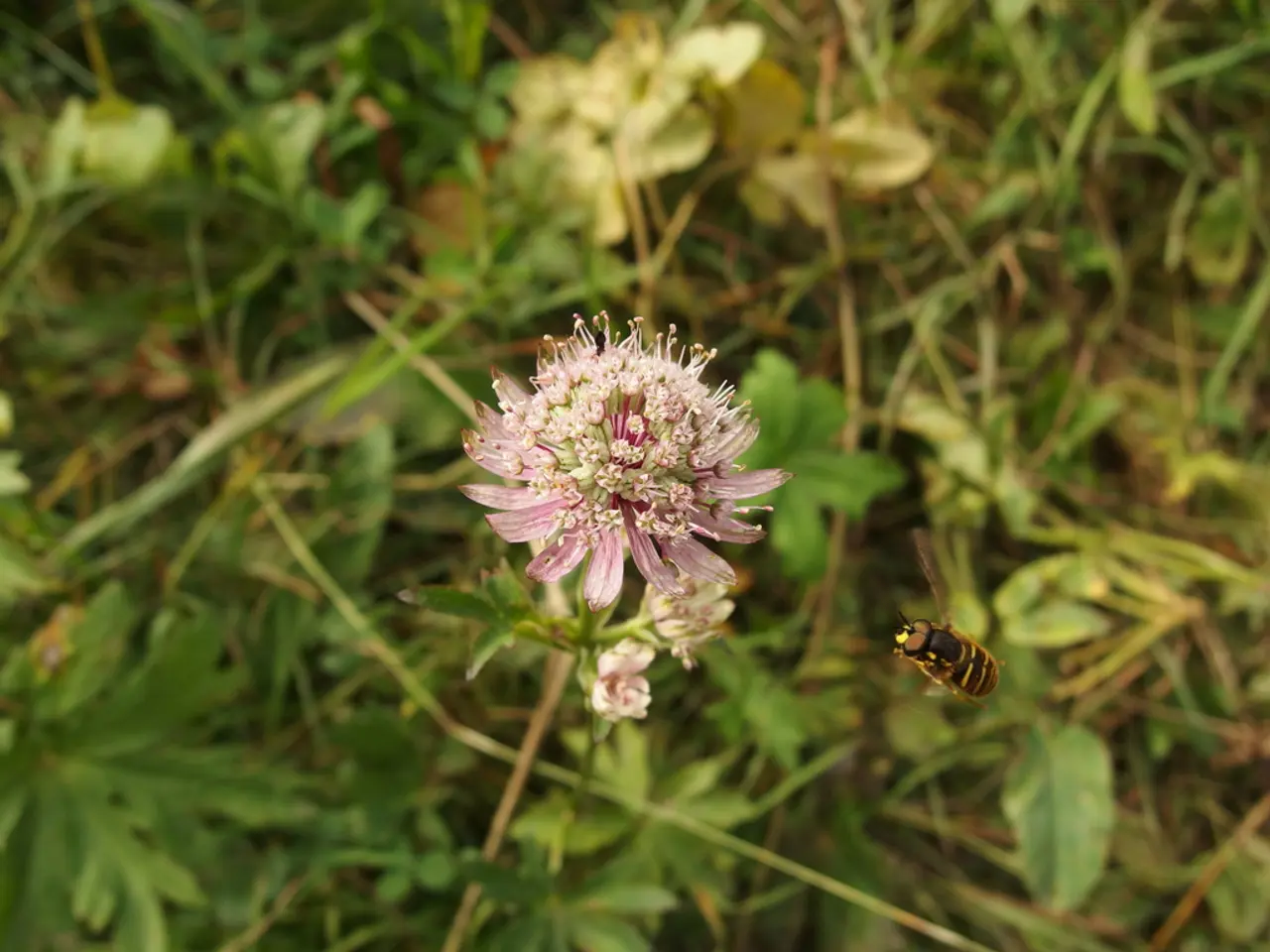Eliminating Nuisance Fungus Gnats in Terrariums: A Comprehensive Guide
In the world of terrariums, a common pest that can cause significant trouble is the fungus gnat. These small, flying creatures thrive in moist, humid conditions and can quickly multiply, leading to an infestation. However, there are several methods available to tackle this issue and maintain a healthy terrarium environment.
To effectively eliminate and prevent fungus gnat infestations, a combination of cultural, physical, and natural treatment methods should be employed.
**1. Adjust Watering Practices:**
Fungus gnat larvae thrive in moist soil, so it's essential to allow the top 1 to 2 inches of the substrate to dry completely before watering again. This practice deprives larvae of a suitable environment to survive. Consider bottom watering, placing the terrarium pot in water so that moisture rises through drainage holes, keeping the surface drier and inhospitable for gnats to lay eggs.
**2. Trap Adult Fungus Gnats:**
Bright yellow sticky traps placed on or near the substrate surface can be used to capture adult gnats before they lay more eggs, significantly reducing the population.
**3. Natural Larvae Treatments:**
Watering the substrate with a diluted hydrogen peroxide solution (about 1 teaspoon per 8 tablespoons of water) can kill larvae by breaking down their cell walls without harming plants or reptiles. Applying cinnamon powder to the substrate inhibits the fungus on which larvae feed, breaking their food source. A spray with diluted neem oil mixed with water can also target larvae by disrupting their development, and is safe in reptile terrariums when used correctly.
**4. Maintain Clean and Well-Ventilated Conditions:**
Closed terrariums tend to attract pests like fungus gnats due to moisture and decaying organic matter. Ensuring proper ventilation and removing decaying plant material also helps prevent infestations.
In addition to these methods, the use of predatory mites, carnivorous plants, and a Fungus Gnat Eradicator Mix containing predatory mites, rove beetles, and various other beneficial microfauna and microflora can be employed for larger infestations. A springtail culture can be purchased to help prevent gnat outbreaks, as these small creatures can outcompete gnats for resources.
Quarantining plants before adding them to a terrarium can help reduce the chances of fungus gnats entering. It's also important to dispose of any attached substrate when bare-rooting store-bought plants to prevent the introduction of pests.
Fungus gnat infestations can spread quickly, so it's best to address them early. Regular monitoring with sticky traps and careful watering are key long-term measures for fungus gnat control in terrariums.
Remember, it's important to avoid actively drying out a tropical terrarium as it can lead to the death of plants and the elimination of beneficial cleanup crews.
By following these strategies, you can maintain a healthy and pest-free terrarium, ensuring the continued growth and prosperity of your plants or reptiles.
To further ensure a healthy terrarium environment, consider focusing on a balanced 'lifestyle' for your plants or pets. Incorporate home-and-garden tasks such as 'gardening' by applying cinnamon powder to the substrate to inhibit fungus growth, which can be attractive to gnats. Additionally, you can engage in home-and-garden hobbies like making a springtail culture or using predatory mites to help prevent gnat outbreaks. This proactive approach to terrarium maintenance can ultimately contribute to a pest-free 'lifestyle' for your plants or pets, promoting their long-term growth and prosperity.




